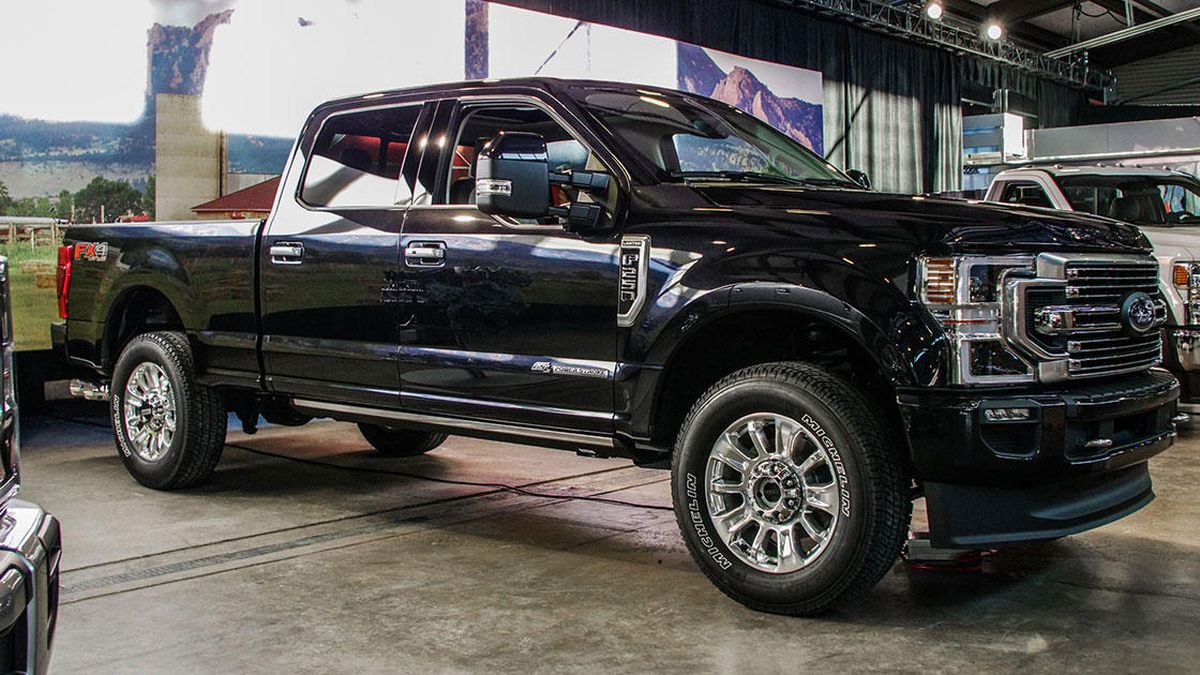
Navigating the Heavy-Duty Truck Market in 2021
I’ve never seen such a clear-cut example of demand outpacing supply than what the auto industry is now experiencing, specifically in the heavy-duty truck market. If you’ve got a late model HD truck and you’re lucky enough to have another vehicle—now’s the time to sell that high-demand truck, and sit out this car buying season until the market settles back into some normalcy.
How did we get here?
New car and truck inventory is at its lowest level in recent memory, due to manufacturing delays and a surge of interest in used vehicles. Compounding the situation is the impact of global supply chains on everything, leading to a shortage of critical parts and microchips for cars and trucks. All this has upended the heavy-duty truck market, and I can’t remember when there’s been such a dry inventory for most new truck models from the big three: Ford, Chevy, and GMC.
Addicted to the hunt
I consider myself somewhat of a truck enthusiast, and one could say that I’m addicted to the buying journey. Not that I’m counting, but over the past ten years, I’ve been on this journey more times than I care to admit! For me, it’s the hunt that is addicting.
In early 2020, I purchased a new 1-ton Ford. The buying process was uneventful since I knew exactly what I was looking for—in less than an hour, I’d wrapped up my trade-in, discount, and financing through my bank. Against my financial planner’s advice, I usually just pay the tax at the time of purchase and stay informed about depreciation impact through the life of my purchase. I choose this option rather than dumping a large amount of cash I may never recover based on my current—frequent—buying system. It’s a bit of a gamble, but it’s been my experience that heavy-duty trucks tend to hold their value better compared to the ½ ton markets.
Based on my purchasing habits, in the ½ ton world, I’d need to hang onto my truck well into the fourth year before considering making a move. And even then, I’d potentially need to buy my way out of it depending on my usage. And leasing isn’t an option for me, since I feel like it locks me in without any flexibility.
Factors that impact my purchase decision
Like any big-ticket purchase, I have the same considerations once I take ownership. I’m not referring to the usual factors, such as how much should I put down, is this a good deal, or is this the right dealership. Where I focus my attention is on the cost of ownership over the life of this new automobile purchase. I consider depreciation impact, loan options, manufacturer rebates, and service contracts, just to name a few.
I’m that guy that while everybody else is toasting the new year, I’m logging into Kelly Blue Book is see how the year change has impacted the value of my current purchase. It’s somewhat of a game I play.
It’s a whole new ballgame
So this brings us to 2021. The year started out normal from an automotive lens except that I was pleasantly surprised to see that in January of this year, my value had drop marginally compared to other trucks I’ve owned in the past.
But what I didn’t see coming was the increase in resells value—which climbed every month. By June, the value of my 2020 truck exceeded almost 10K from what I paid just 15 months earlier.
Now that’s a first and according to auto industry professionals who are closer to the process—this kind of increase is unprecedented.
This brings us back to supply and demand.
Based on the new market conditions, what should I do? But first, I needed to I asked myself how long do I want to ride this wave? Because like gravity, what goes up will surely come back down.
So, I figured I had three options:
Option A: Do nothing. But do I want to be sitting here in 12 months when supply returns to pre-pandemic levels, leaving me holding keys to a truck that might plunge in value overnight?
Option B: Upgrade to a hard-to-find 2021 model. This means I’d be paying an inflated price, and technically in the same situation, I could be in down the road with my current model.
Option C: Take advantage of the limited supply by selling back my current 2020 and possibly getting more than I paid while driving a secondary car and lived to get back into the market another day.
Needless to say, I chose Option C. Driving a 10-year-old Honda in the meantime while having successfully sold my 2020 for almost 7k more than I paid back almost 16 months ago. Now I’m not saying I made a profit. I like to say I was gifted a mulligan. Allowing me to get back to the excitement of the shopping journey while at the same time recouping my taxes, monthly with interest, plus a little profit to use for next time I’m back in the game. And live to experience all the new automotive technology coming out in 2022.
T-ROC provides end-to-end solutions for retailers, brands, and manufacturers. To learn more about T-ROC’s innovative sales solutions for dealerships, accessories manufacturers, and other automotive verticals, get in touch with Lou Kindschuh, Vice President of Business Development, [email protected].








